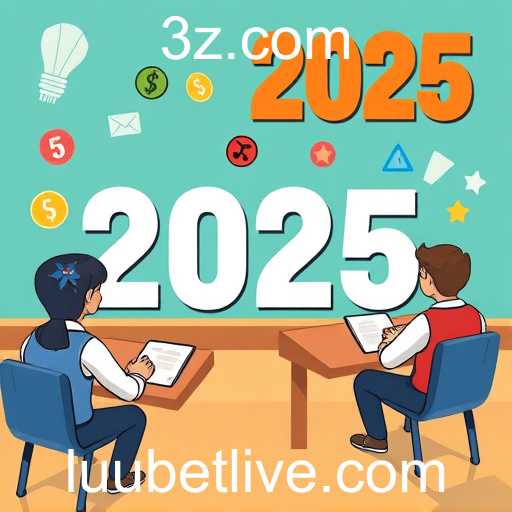In recent years, the integration of gamification in education has been nothing short of revolutionary. As we navigate through the year 2025, educational institutions worldwide are increasingly embracing platforms like Luubet to enhance learning experiences. This dynamic method of teaching has transformed traditional educational paradigms by incorporating game mechanics into the learning process, encouraging student engagement and motivation.
Luubet, a prominent player in the gamification landscape, has developed a reputation for its innovative approach to education. By using game elements such as point scoring, leaderboards, and competition, Luubet has succeeded in captivating students' attention, making learning an exciting and interactive endeavor.
The current educational climate, shaped by rapid advancements in technology, demands an adaptation which Luubet effectively provides. Its platform offers a variety of subjects presented in unique game formats, making complex topics more accessible and enjoyable. Teachers and educational experts have noted that this not only improves comprehension but also develops critical thinking and problem-solving skills in students.
Furthermore, the competitive edge that gamification introduces can lead to better performance outcomes. It encourages a healthier learning environment where students strive to achieve personal bests and surpass their peers in a constructive manner. This spirit of competition, when balanced with educational goals, results in a win-win situation for both instructors and learners.
Despite its benefits, the rise of gamification via platforms like Luubet is not without challenges. Criticisms include potential over-reliance on game mechanics, which might detract from traditional learning methods. However, proponents argue that the fusion of both approaches leads to a more rounded educational experience.
As the digital age continues to evolve, platforms like Luubet will likely play an even more significant role in educational reform. The transformative potential of gamification in education is vast, and its ongoing integration reaffirms its place as an indispensable element in the future of learning.





